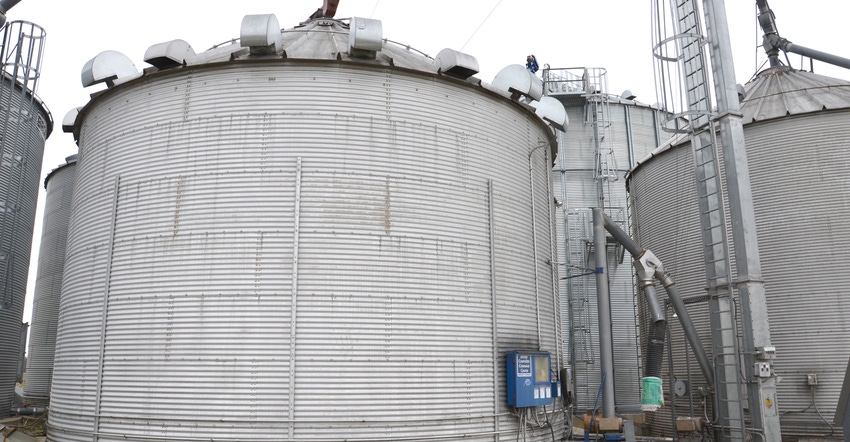
You don’t have to be a rocket scientist, and frankly, not even an ag economist, to know that with the COVID-19 crisis, evaporating demand for ethanol, falling exports and higher-than-expected projections for planted corn acres in 2020, the short-term economic picture for agriculture is rather bleak — especially for corn farmers. Despite several negative factors pressuring crop prices, particularly corn, buffeted only by somewhat higher demand for livestock feed, ag economists still say there may be ways to make the most of an extremely challenging situation.
Jim Mintert and Michael Langemeier, Purdue University Extension agricultural economists, outlined a few strategies and key points that could help you navigate your way through choppy waters during the next few weeks. Mintert is director of the Purdue Center for Commercial Agriculture, and Langemeier is associate director.
“A key strategy is to watch for any opportunities to sell old crop and some 2020 crop on seasonal rallies this spring,” Mintert says. “Traditionally, we see some of the strongest prices for corn and soybeans during spring planting months. This year isn’t typical, so rallies may or may not happen. However, we certainly believe you need to watch for them, and be ready to sell if you have the opportunity.”
Langemeier thinks the risk of holding on to old-crop corn still in bins and unsold is particularly high. Besides the physical challenge of keeping it in good condition and avoiding problems with spoiled grain and the associated safety risks when unloading these bins, there’s also price risk. “The way factors are lining up, it’s conceivable we could see corn prices dip below $3 in the months ahead,” he says. “So, look for opportunities to move old-crop corn on any rallies.”
There’s often a better basis going into early summer for corn in the eastern Corn Belt, but even the basis for corn has weakened considerably recently, Mintert notes. He doesn’t see it strengthening again soon due to poor operating margins for ethanol plants. However, the soybean basis remains strong, and could help get any 2019 crop still in bins moved at a reasonable price.
There is little to no premium in the deferred futures contracts over the nearby contracts, a market signal that storage returns will be weak, Mintert says.
Financial strategy
“Take a look at your working capital position right now,” Langemeier advises. Working capital is a measure of liquidity or current cash flow. In other words, will you have enough cash coming in to pay bills and operate throughout the year?
“Put together some contingency plans, if you haven’t already, for how you can maintain or increase liquidity going forward,” he advises. “This rather sudden drop in crop prices which occurred in March may change your cash-flow projections for later in the year.
“It’s always important to revisit financial plans regularly, and it’s critical right now. Make sure you understand how some of these changes in prices and projected income, which are the new reality, could affect your business. Will you still be able to raise enough cash to make interest and principal payments on debt when they come due with lower crop prices?”
Langemeier sees lower projected cash on hand for later this year as another possible reason to sell any remaining old crop now, before corn prices slip even further. Have a plan in place in case corn prices slip to $3, he concludes.
About the Author(s)
You May Also Like




